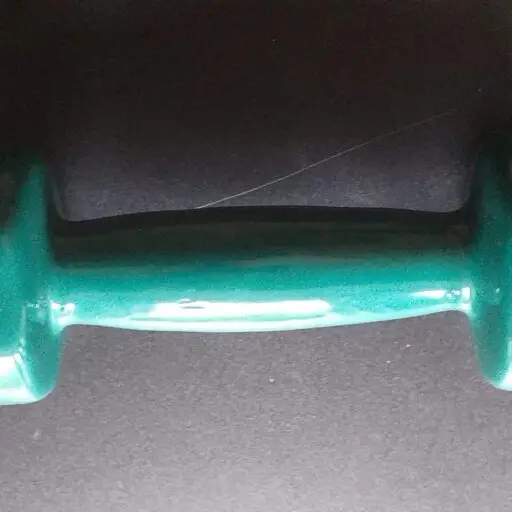All about the Prayer stretch
(Pilates)
BENEFITS & MUSCLES WORKED: Lower Back, Middle Back, Injury Prevention, Plus small stretches for Lumbar Region, Lats, Chest, and Shoulders
START POSITION: Kneel and put both hands flat down on the floor in front of you about shoulder width apart, with arms almost locked out but relaxed.
NOTES: Difficulty Rating: 23%
From the start position, slowly slide backward from your hips so that the base of your buttocks is in line with your heels. Tuck your head in and down as you do this. Move your knees slightly apart to find the most relaxed position. Keep your back stretched long. Your feet can be together or slightly apart behind you – whatever feels best.
Rest your forehead on the ground or a pillow.
Allow your shoulders to relax and flop away from your ears.
Gently rock from side to side on your haunches – tiny (2 cm) movements are enough. This provides a greater stretch to the Lats and shoulders, helping to stimulate circulation in the Lower Back (similar to a massage).
The Prayers exercise is sometimes also referred to as the ‘Child Pose’ (with Yoga origins) – usually when pregnant women use it to ease back pain and other stresses.
This is an important exercise because it predominantly targets the lower back area, helping to relax it, while also aiding in the relaxation of other body regions. It is so important and effective that I will often use it ad hoc by ‘sprinkling’ it into my other exercise routines – I do this whenever I feel that I have just put pressure on my lower back by doing different exercises, particularly exercises that pull the back muscles and spine in the opposite direction.
For example, the Pilates Cobra or Swimmer moves put pressure on the Lower Back region, and immediately after doing these, it often feels good to balance the spine by pulling it back the other way. So, the Prayer exercise appears not just once, but several times throughout my established routines – particularly those for Pilates and Back. This is a good example of symmetry and balance, which are two fundamental building blocks of the Mojoh Method.

